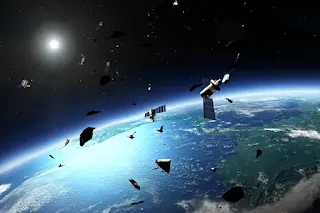The issue of space debris is not new, but its acceleration is alarming. With millions of pieces of debris currently tracked by space agencies around the world, the likelihood of collisions is no longer a question of “if” but “when.” These high-speed encounters have the potential to not only destroy operational satellites, causing significant economic loss and disruption to global communications, but also to generate even more debris in a cascading effect known as the Kessler Syndrome.
The implications of this are far-reaching. Satellites play a crucial role in our daily lives, supporting everything from GPS navigation to weather forecasting and international broadcasting. The debris threat in LEO puts these services at risk, and with them, the safety and convenience of our modern existence.
Efforts to mitigate the debris problem are underway, with space agencies and private companies exploring solutions such as debris removal missions and the development of more sustainable satellite designs. However, the challenge is immense, requiring international cooperation and innovative approaches to space traffic management.
As we continue to push the boundaries of space exploration, it is imperative that we also protect the orbital pathways that make such advancements possible. The spiraling debris threat in low-Earth orbit is a call to action for all of humanity, urging us to address the clutter we’ve created in the cosmos before it hinders our celestial aspirations.


Post a Comment